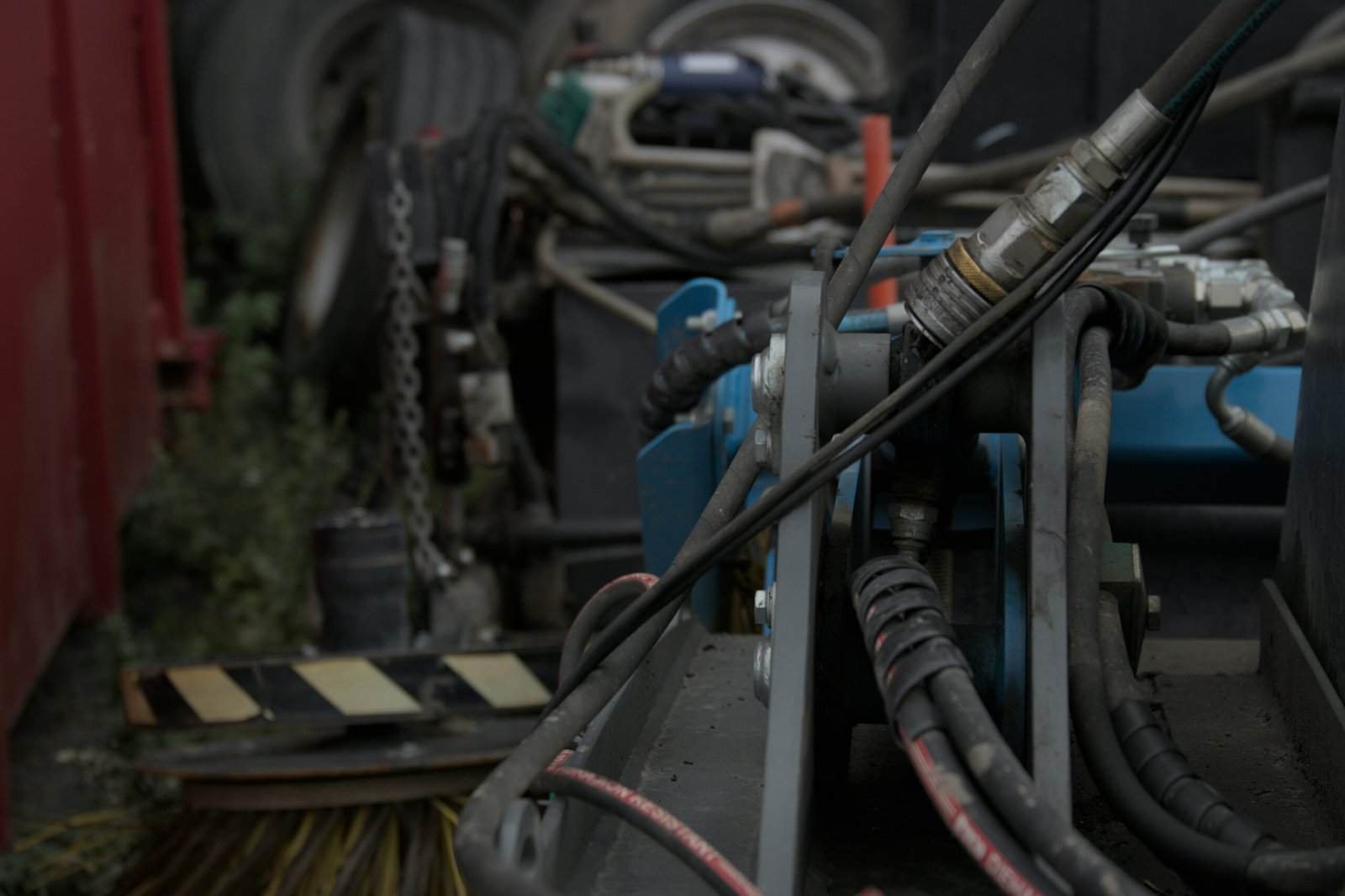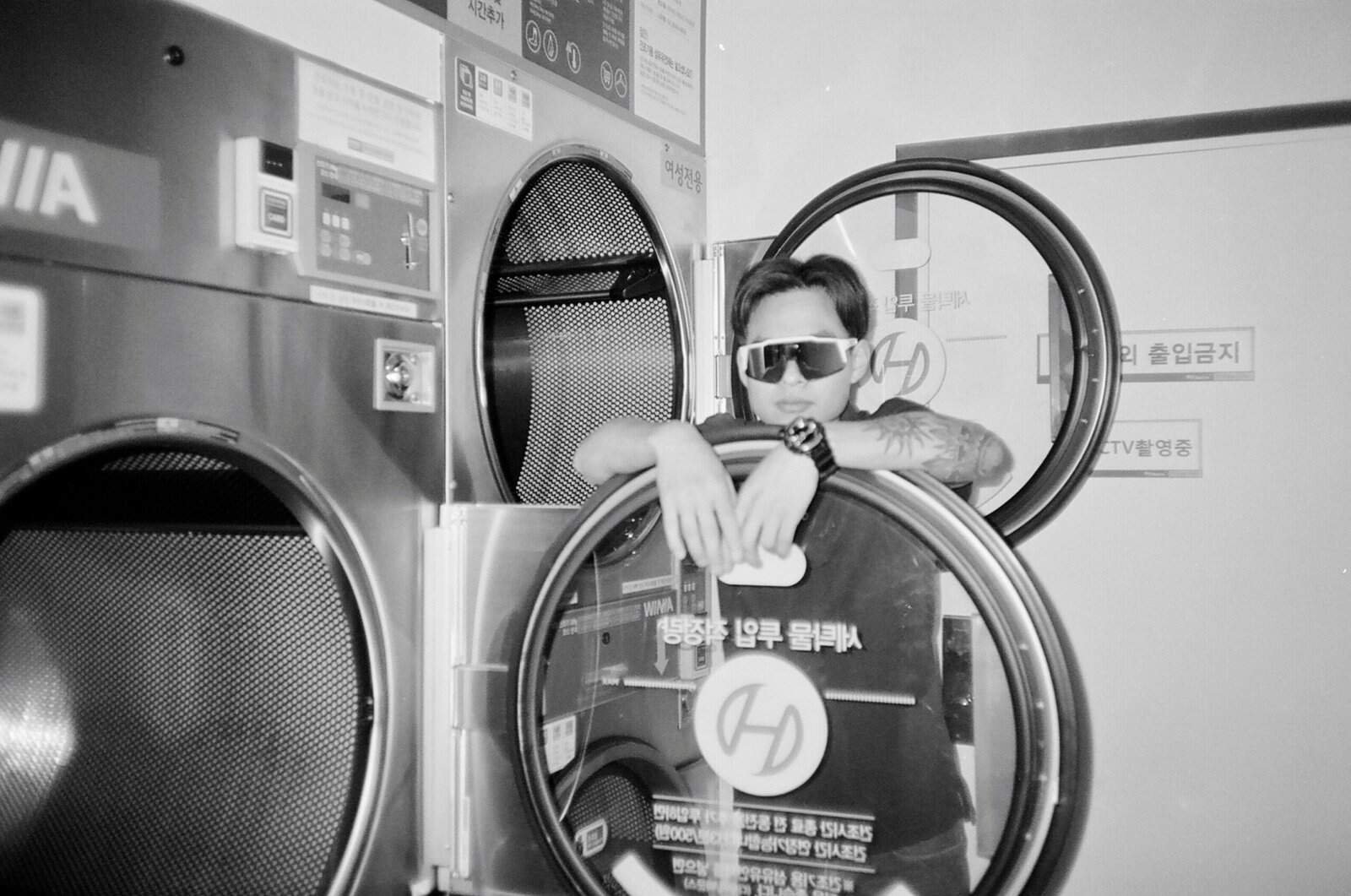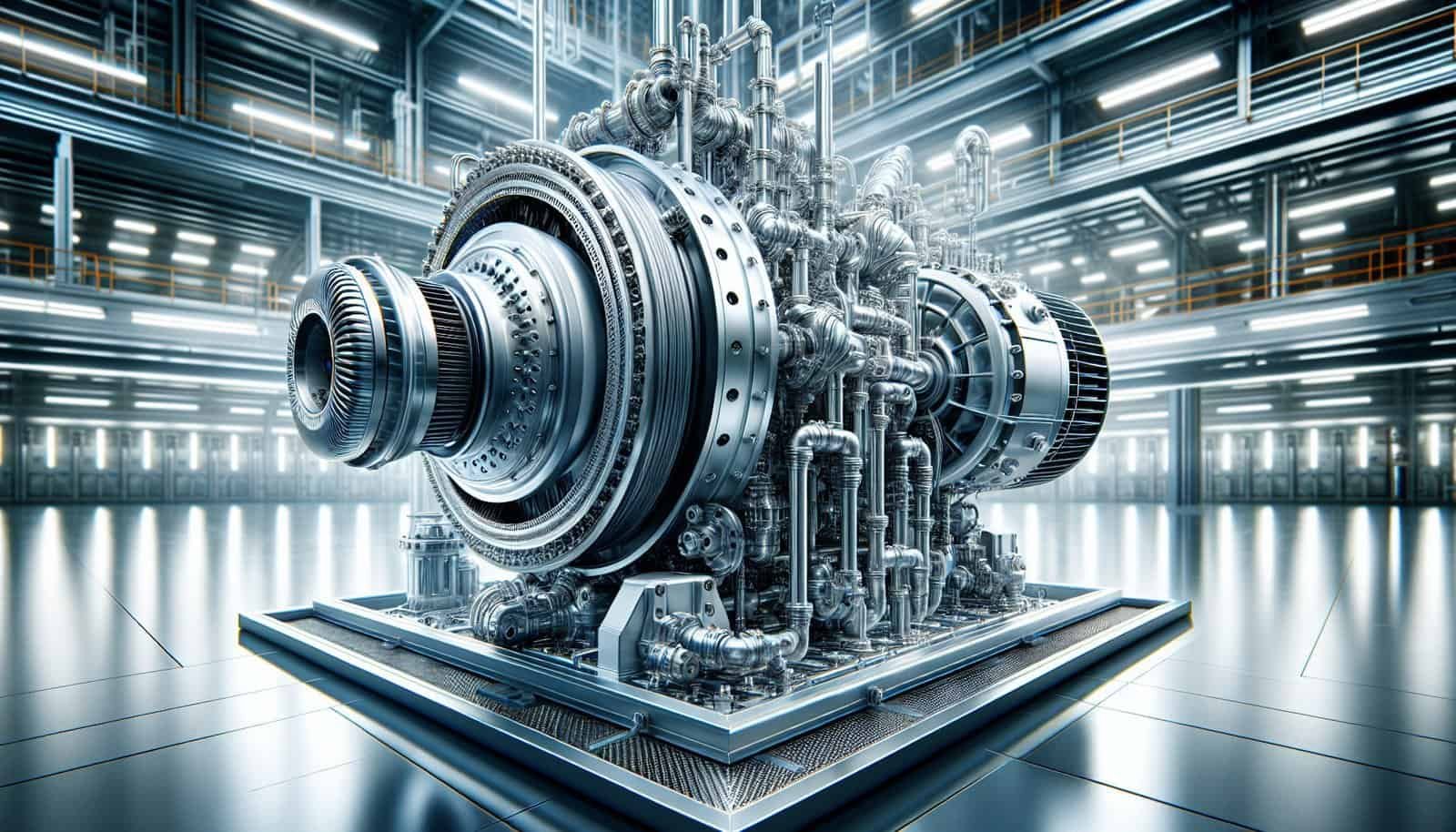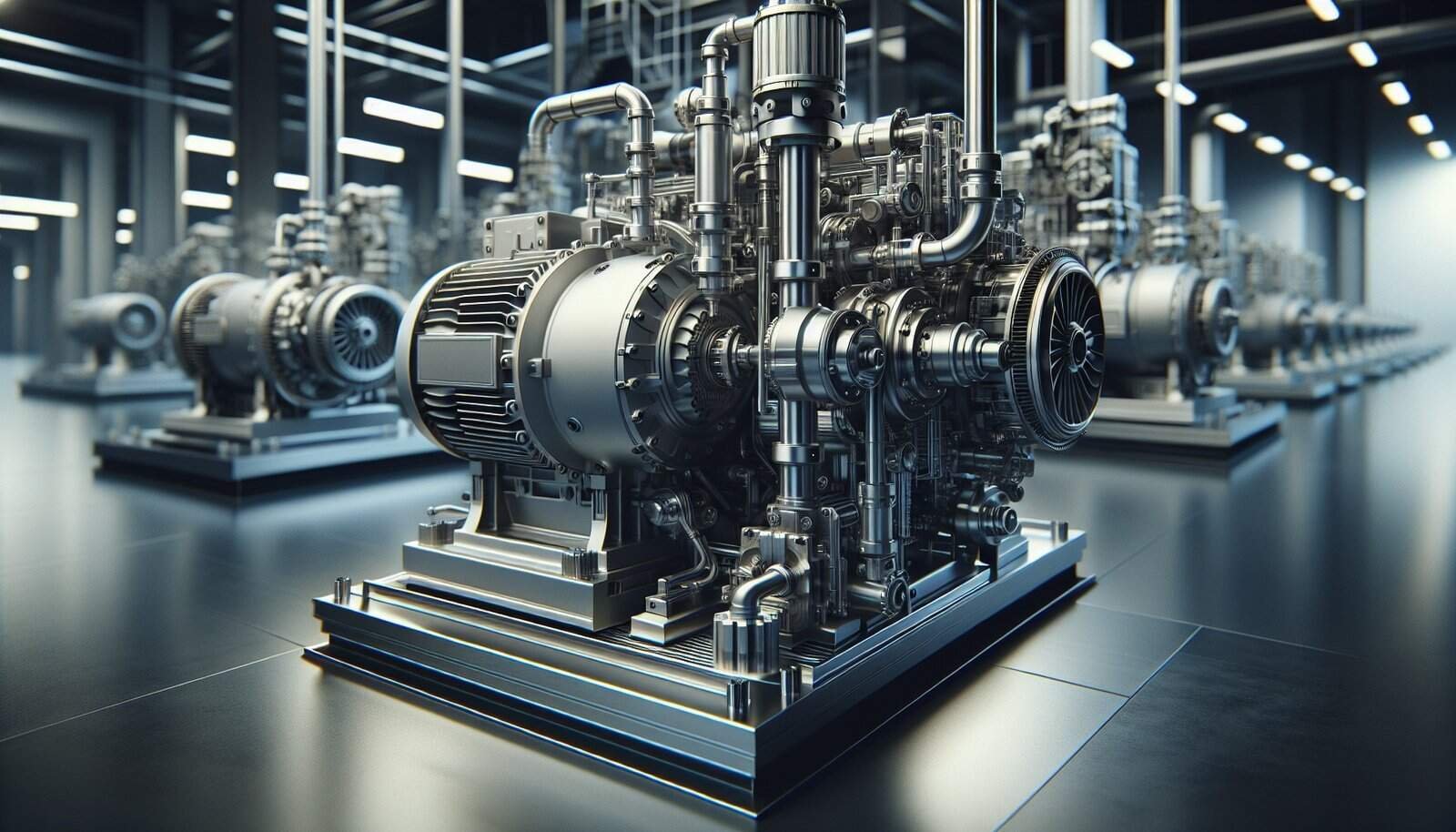Have you ever wondered about the inner workings and the necessary upkeep of your jet pump system? Whether you rely on it for irrigation, water supply, or any other application, maintaining a jet pump system is paramount to ensuring its efficiency and longevity. In this article, we’ll discuss the vital maintenance tasks you should consider to keep your jet pump system running smoothly.

Understanding Your Jet Pump System
To grasp the essentials of maintaining a jet pump system, it’s important to first understand what it is and how it functions. A jet pump is a type of centrifugal pump that utilizes water to create suction, drawing more water through a venturi effect. Commonly used for shallow wells, these pumps deliver water efficiently by converting energy from a high-speed jet of water into increased pumping capacity.
Components of a Jet Pump System
Knowing the components of your jet pump system can provide insight into how each part contributes to its overall functionality. Here’s a brief overview of the main components:
- Jet Pump Motor: Drives the pump by rotating an impeller at high speed.
- Impeller: Generates the water flow by spinning rapidly and creating centrifugal force.
- Jet Assembly: Contains the nozzle and venturi tube, crucial for drawing water into the pump.
- Pressure Switch: Automates the operation of the pump by turning it on and off based on pressure settings.
- Foot Valve: Prevents backflow and maintains the pump’s prime by allowing water to flow in one direction only.
Understanding these components will help you identify where maintenance might be needed and ensure each part is functioning correctly.
Routine Maintenance Tips
Regular maintenance of your jet pump system can prevent unexpected breakdowns and extend the lifespan of your equipment. Let’s delve into some routine maintenance tasks you should consider.
Inspecting and Cleaning the Jet Assembly
Since the jet assembly is essential in creating suction, it’s important to inspect it regularly for any clogs or debris. The venturi and nozzle can become obstructed by dirt, sand, or other particles, which can significantly reduce pump efficiency. Regular cleaning can prevent these issues from becoming severe.
Steps to Clean Your Jet Assembly
- Turn Off Power: Always begin by shutting off the power to the pump to ensure safety.
- Disassemble the Jet: Carefully remove the jet assembly following the manufacturer’s instructions.
- Clean the Nozzle and Venturi: Use a small brush and clean water to remove any debris or obstructions.
- Reassemble: Once cleaned, tightly reassemble the parts to prevent any leaks.
Checking the Pressure Switch
The pressure switch is crucial for the automatic operation of your pump system. A faulty switch can lead to the pump not turning on or off at the correct times, which affects efficiency and can lead to damage.
Pressure Switch Maintenance Steps
- Inspect Connections: Ensure the electrical connections are tight and secured.
- Clean Contact Points: If contact points are corroded or dirty, gently clean them with a fine file or sandpaper.
- Test Pressure Settings: Adjustments may be necessary if the switch isn’t activating at the intended pressure levels.
Ensuring Proper Priming
A pump that loses its prime isn’t able to move water efficiently. It’s essential to regularly check for signs of de-priming, such as the pump running dry or making strange noises.
Priming Steps
- Check for Leaks: Inspect all pipes and connections for potential air leaks that could cause de-priming.
- Add Water: If the pump has lost its prime, add water manually to maintain the vacuum necessary for suction.
- Secure Connections: Ensure all joints and connections are tight to avoid air suction.

Addressing Common Issues
Even with regular maintenance, you may encounter issues with your jet pump system. Being prepared to troubleshoot common problems can save you time and costly repairs.
Low Water Pressure
If you’re experiencing low water pressure, it could stem from several causes including blockages, air leaks, or impeller wear.
- Inspect and Clear Blockages: Check for any restrictions in the pump or piping system.
- Tighten Loose Connections: Air leaks can reduce pressure significantly, so ensure all connections are secure.
- Examine the Impeller: Worn or damaged impellers may need replacing to restore original pump efficiency.
Pump Won’t Start or Stops Abruptly
When your pump doesn’t start or unexpectedly shuts off, it may be due to electrical issues or a faulty pressure switch.
- Check Power Supply: Ensure the pump is getting power by testing outlets and cords.
- Examine the Pressure Switch: If the switch isn’t responding correctly, it may require adjustment or replacement.
- Inspect for Overheating: Ensure the motor isn’t overheating, which can cause automatic shutdowns.
Excessive Noise or Vibration
Unusual sounds or vibrations often indicate internal problems. They can result from loose parts, misalignment, or mechanical wear.
- Tighten Loose Components: Regular inspection should include ensuring all bolts and nuts are secure.
- Check Motor Alignment: Misaligned motor shafts can cause noise and reduced efficiency.
- Routine Lubrication: Although many jet pumps have sealed bearings, check if lubrication is necessary as per your model’s maintenance manual.

Long-Term Maintenance Strategies
Beyond immediate fixes, there are strategies you can implement for long-term upkeep of your jet pump system. These strategies are aimed at improving the durability and overall performance of the system.
Regular Professional Servicing
Scheduling regular professional inspections and servicing can prevent many problems before they start. A professional can provide insights that aren’t always apparent through regular inspection.
Upgrading Components
Technology advances can offer new, more efficient components for your system. Consider upgrading your impeller, jet assembly, or even the motor to increase performance and efficiency.
System Environment
Ensuring your jet pump is protected from environmental hazards, such as inclement weather or corrosive materials, can reduce the likelihood of damage. Consider housing your pump system in a protective enclosure to extend its lifespan.

Understanding Manufacturer Guidelines
Each jet pump system comes with a user’s manual or specific manufacturer guidelines. These documents are invaluable resources that provide detailed instructions on care and maintenance specific to your model.
- Follow Recommended Maintenance Schedules: Manufacturers often suggest maintenance intervals.
- Use Recommended Parts: Replacement parts specific to your system ensure compatibility and efficiency.
- Understand Warranty Limitations: Proper understanding of the warranty can prevent voiding coverage through improper maintenance.

Conclusion
Proper maintenance of your jet pump system is key to reliable and efficient operation. By keeping up with routine tasks, addressing common issues, and knowing when to call in the professionals, you can significantly enhance the lifespan of your pump system. Remember, a well-maintained jet pump system is not only a wise investment but also contributes to consistent water delivery where you need it most.
